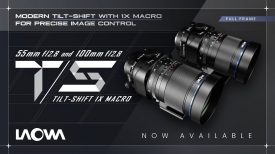
SIGMA has announced the new 14-24mm F2.8 Art Lens. The lens is the latest addition to SIGMA’s full frame Art series lineup and the company is touting it as being the ultimate ultra-wide-angle zoom. It’s not as wide as the companies 12-24mm F4 DG HSM Art, but it is faster.
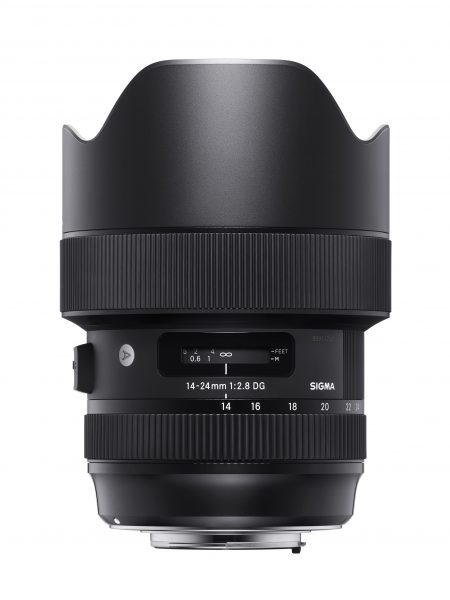
Last year SIGMA announced the 14mm F1.8 DG HSM Art lens, and the new 14-24mm F2.8 uses the same manufacturing techniques the companies Aizu factory has created for making ultra-high-precision molded glass aspherical lens elements as large as φ80mm. The 14-24mm F2.8 has actually been in development for as long as the 14mm F1.8. SIGMA originally set out to make both an ultra wide prime as well as a zoom.
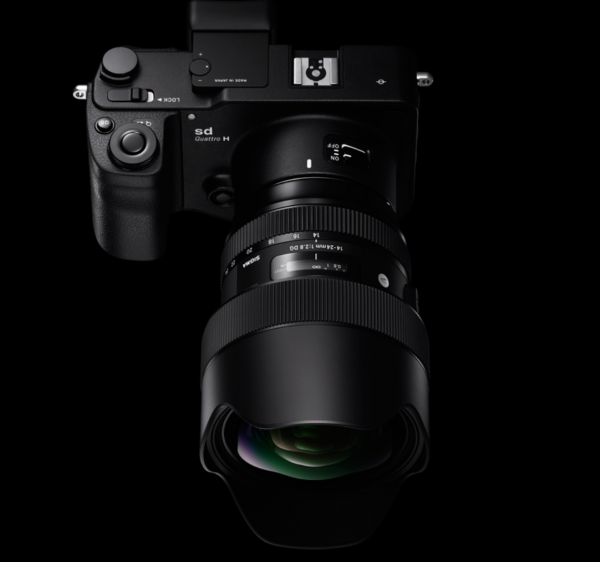
SIGMA claim that the 14-24mm F2.8 has minimal distortion (1% or lower), and offers outstanding F2.8 brightness throughout the zoom range. The lens has been designed to work with 50-megapixel-plus cameras and offer top-level optical performance throughout the zoom range. The 14-24mm F2.8 DG HSM Art incorporates three FLD glass elements, three SLD glass elements, and three aspherical lens elements, including one large-diameter aspherical element. SIGMA claims that the effective distribution of these high-refractive-index glass elements further enhances the corrective effect of the FLD and SLD glass. They also say that this optical system minimizes transverse chromatic aberration and other optical aberrations, resulting in outstanding high-resolution image quality. The lens is also designed to have minimal flare and ghosting.
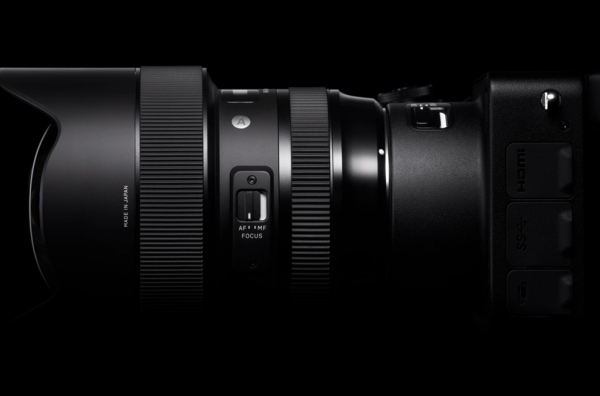
If you are using this lens with a Canon camera, the 14-24mm F2.8 is compatible with the Canon Lens Aberration Correction function. This allows for matching of the optical characteristics of the lens, so that in-camera corrections of peripheral illumination, chromatic aberrations, distortion, and more. Be aware that this function is only available on select Canon cameras.
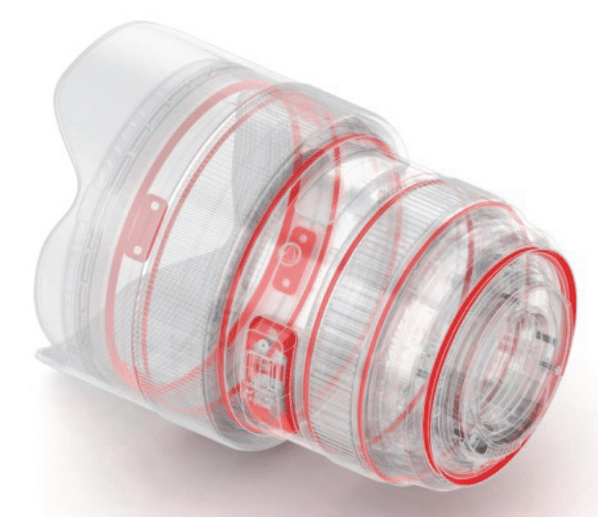
The 14-24mm F2.8 DG HSM Art features a highly effective dust- and splash-proof structure with special sealing at the mount connection, manual focus ring, zoom ring, and cover connection, allowing photographers and videographers to work in all types of weather. In addition, the front of the lens is protected by a water- and oil-repellent coating that makes cleaning easy.
SIGMA now have a lot of full frame compatible options when it comes to wide lenses, both zooms and primes. The new 14-24mm F2.8 DG HSM Art joins the 14mm F1.8 DG HSM Art, 20mm F1.4 DG HSM Art, 12-24mm F4 DG HSM Art, and the 12-24mm F4.5-5.6 DG HSM II.
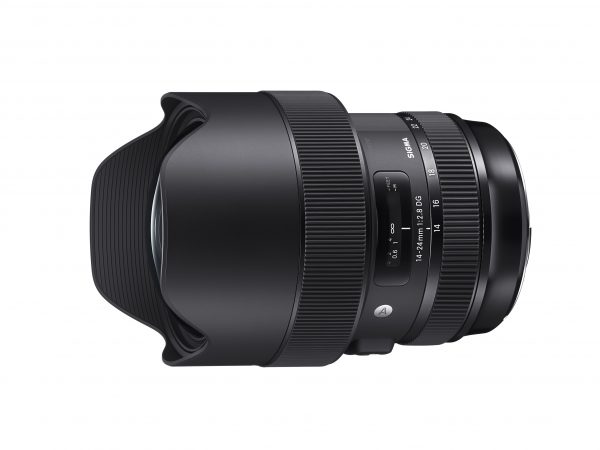
While 14-24mm may not sound like much of a range for a zoom lens, it’s probably fair to say that SIGMA has concentrated on quality over range. I tested the companies 24-35mm f/2 DG HSM Art back in 2016 and was very impressed by it’s performance. It’s almost best to think of the 14-24mm F2.8 and 24-35mm F2 as variable primes rather than zooms.
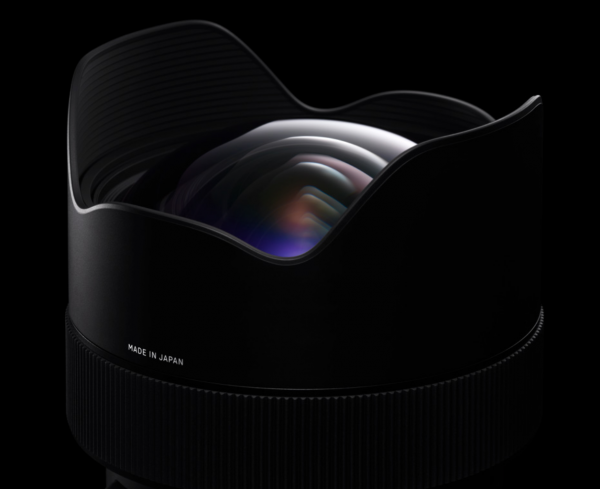
The new 14-24mm F2.8 DG HSM Art looks to be a very interesting lens for both photographers and people shooting video. You do have to be aware when shooting video that just like the 14mm F1.8, the 14-24mm F2.8 has a protruding front element which makes it a lille bit more tricky for using ND filters (and just about impossible for using variable ND filters). If you do want to use ND filters, several companies such as LEE Filters and NiSi have made solutions. In LEE’s case it’s the SW150 MARK II which works with the Nikon AF-S Nikkor 14-24mm f/2.8G ED, Nikon 14mm f2.8 D AF ED, Nikon PC NIKKOR 19mm f/4E ED Tilt-Shift, Canon EF 14mm f2.8 L II USM, Canon EF 11-24mm f4L USM, Olympus 7-14mm Pro f2.8, Pentax FA 15-30mm f2.8 ED SDM WR, Samyang 14mm f/2.8 ED AS IF UMC, Sigma 12-24mm f4.5-5.6 DG HSM II, Sigma 12-24mm f4 Art DG HSM, Sigma 14mm f1.8 DG Art, and the new Sigma 14-24mm F2.8 DG HSM Art.
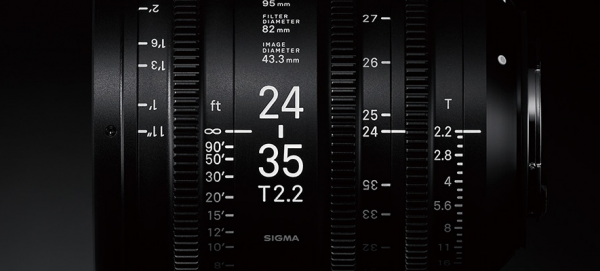
It will be interesting to see if SIGMA will be making a Cine version of the 14-24mm F2.8, as they have already made a Cine version of the full frame 24-35mm F2.
SIGMA has also introduced a new Front Conversion Service, in which SIGMA converts the petal-type hood of the 14-24mm F2.8 DG HSM Art lens to an exclusive round component. This altered front structure allows the lens to be deployed with greater freedom in multi-camera VR videography. The new front also helps prevent the lens from interfering with other lenses or from casting a visible shadow. The use of this service has no impact on the validity of the product warranty. In Japan this conversion fee is 20,000 JPY ($183 USD) including tax, and shipping fee.
Specifications (all figures calculated for SIGMA Lens Construction):
17 elements in 11 groups
Angle of view (35mm): 114.2°-84.1°
Number of diaphragm blades: 9 (rounded diaphragm)
Minimum aperture: F22
Minimum focusing distance: 26-28cm/10.2-11.0in.
Maximum magnification ratio: 1:5.4
Dimensions (diameter x length): ø96.4mm x 135.1mm/3.8in. x 5.3in.
Weight: 1,150g/40.6oz.
The lens is available in SIGMA, NIKON, and CANON mounts. There is no indication of pricing or availability just yet.



